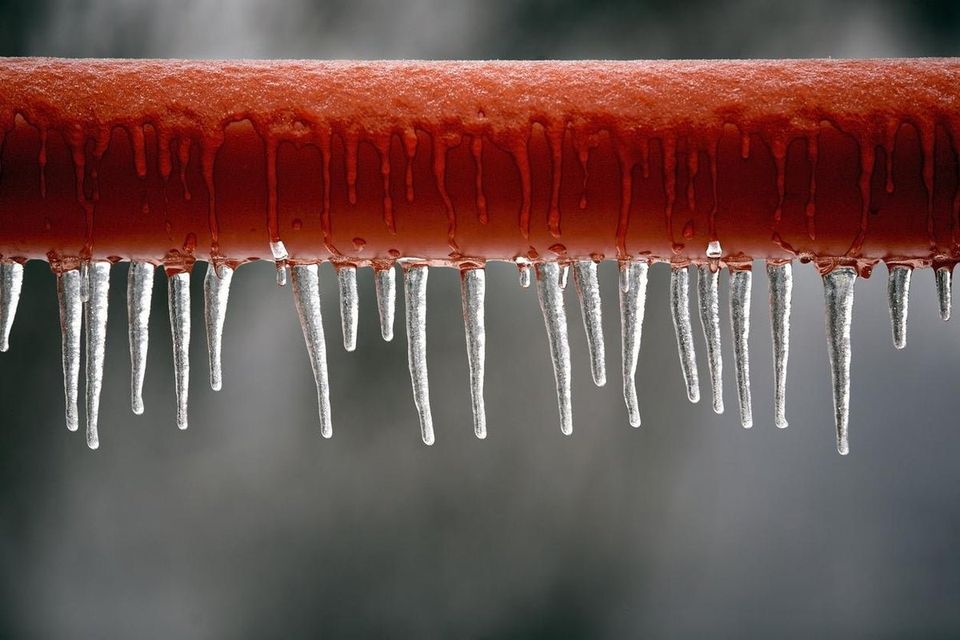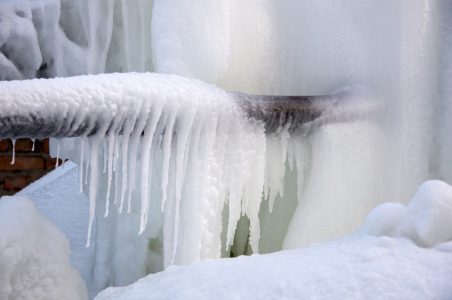The writer is making several good annotation relating to Prevent Frozen Pipes as a whole in this great article underneath.

Cold weather can wreak havoc on your pipes, specifically by freezing pipelines. Right here's just how to avoid it from occurring and what to do if it does.
Introduction
As temperatures decrease, the threat of icy pipes boosts, possibly causing costly fixings and water damages. Comprehending exactly how to stop icy pipes is critical for house owners in chilly environments.
Avoidance Tips
Protecting vulnerable pipes
Cover pipelines in insulation sleeves or use warm tape to safeguard them from freezing temperatures. Focus on pipelines in unheated or exterior locations of the home.
Heating methods
Keep interior areas adequately heated, particularly locations with pipes. Open up cabinet doors to enable warm air to circulate around pipelines under sinks.
Exactly how to identify frozen pipelines
Seek reduced water flow from taps, uncommon smells or noises from pipelines, and visible frost on subjected pipes.
Long-Term Solutions
Structural changes
Take into consideration rerouting pipes away from outside wall surfaces or unheated locations. Add added insulation to attics, basements, and crawl spaces.
Updating insulation
Invest in high-quality insulation for pipelines, attics, and walls. Appropriate insulation assists preserve constant temperature levels and minimizes the risk of icy pipelines.
Securing Outside Plumbing
Yard tubes and outdoor taps
Disconnect and drain yard hose pipes prior to wintertime. Mount frost-proof spigots or cover exterior taps with protected caps.
Comprehending Frozen Pipelines
What causes pipes to ice up?
Pipelines freeze when subjected to temperature levels listed below 32 ° F (0 ° C) for expanded periods. As water inside the pipelines ices up, it expands, putting pressure on the pipeline walls and possibly creating them to burst.
Dangers and problems
Icy pipelines can result in supply of water interruptions, home damages, and costly repairs. Ruptured pipes can flood homes and cause comprehensive structural damage.
Signs of Frozen Water Lines
Recognizing frozen pipelines early can stop them from breaking.
What to Do If Your Pipelines Freeze
Immediate activities to take
If you believe frozen pipelines, keep taps available to ease stress as the ice melts. Make use of a hairdryer or towels taken in hot water to thaw pipelines gradually.
Final thought
Stopping icy pipes needs aggressive measures and quick feedbacks. By recognizing the reasons, signs, and preventive measures, home owners can protect their pipes during cold weather.
5 Ways to Prevent Frozen Pipes
Drain Outdoor Faucets and Disconnect Hoses
First, close the shut-off valve that controls the flow of water in the pipe to your outdoor faucet. Then, head outside to disconnect and drain your hose and open the outdoor faucet to allow the water to completely drain out of the line. Turn off the faucet when done. Finally, head back to the shut-off valve and drain the remaining water inside the pipe into a bucket or container. Additionally, if you have a home irrigation system, you should consider hiring an expert to clear the system of water each year.
Insulate Pipes
One of the best and most cost-effective methods for preventing frozen water pipes is to wrap your pipes with insulation. This is especially important for areas in your home that aren’t exposed to heat, such as an attic. We suggest using foam sleeves, which can typically be found at your local hardware store.
Keep Heat Running at 65
Your pipes are located inside your walls, and the temperature there is much colder than the rest of the house. To prevent your pipes from freezing, The Insurance Information Institute suggests that you keep your home heated to at least 65 degrees, even when traveling. You may want to invest in smart devices that can keep an eye on the temperature in your home while you’re away.
Leave Water Dripping
Moving water — even a small trickle — can prevent ice from forming inside your pipes. When freezing temps are imminent, start a drip of water from all faucets that serve exposed pipes. Leaving a few faucets running will also help relieve pressure inside the pipes and help prevent a rupture if the water inside freezes.
Open Cupboard Doors
Warm your kitchen and bathroom pipes by opening cupboards and vanities. You should also leave your interior doors ajar to help warm air circulate evenly throughout your home.

I am just very fascinated with Winter Plumbing Precautions: Preventing Frozen Pipes and I really hope you liked my blog posting. If you please pause to promote this content if you liked it. We enjoy your readership.
Call Today
Comments on “How to Protect Your Plumbing from Cold Weather: Essential Tips”